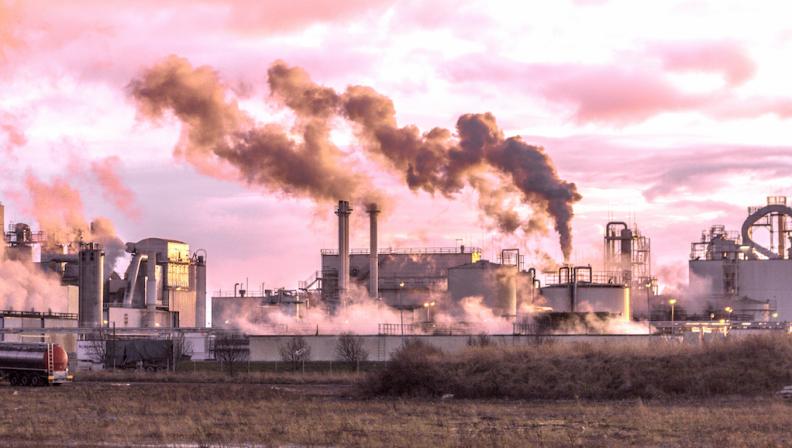With increasing recognition that simply reducing carbon emissions may not be enough to meet the goals set by the Paris Agreement, among other initiatives, scientists and engineers view carbon capture techniques as a potentially imperative tool in limiting climate change.
Reactive separation of carbon dioxide by carbon mineralization is one approach that has been explored, but like most other carbon-capture approaches, is in its infancy. Greeshma Gadikota, assistant professor and Croll Sesquicentennial Fellow in Cornell’s School of Civil and Environmental Engineering, examines the multiphase chemistry behind carbon mineralization, and highlights challenges to advancing the science in:
“Multiphase carbon mineralization for the reactive separation of CO2 and directed synthesis of H2,” published Jan. 14, 2020, in Nature Reviews Chemistry.

The paper addresses two questions at the forefront of carbon dioxide mitigation strategies: How do we simultaneously capture, convert and store CO2 directly from air or flue gas produced from industrial or power plant sources?; and starting from any carbonaceous fuel source including biomass, fossil or non-recyclable plastics, how do we remove CO2 and produce clean fuels (e.g., H2)?
Carbon mineralization, which involves taking CO2 and converting to inorganic carbonates, is one pathway that can be developed to address both questions, according to Gadikota. Her paper reviews the feasibility of pursuing these pathways and existing scientific knowledge gaps, with the goal of steering scientific research in the most strategic direction.
Said Gatikota:
“In this study, we explore approaches to design the reaction chemistry so we can capture, convert and store CO2 in a single process at temperatures lower than 80-degrees Celsius. We use a hybrid CO2 absorption-carbonate crystallization approach to achieve this outcome. The work presents the potential for regenerating the solvent as the carbonate is formed.
“Separately, we discuss approaches to enhance H2 production by directly using naturally occurring Ca- and Mg-silicates as opposed to oxides and hydroxides of Ca and Mg. While it may seem unrelated, our prior work on understanding CO2 storage via mineralization in naturally occurring Ca- and Mg-silicate showed that the conditions that favor carbonate formation are conducive for the integration with the water-gas-shift reaction to produce H2. In the water-gas-shift reaction, carbon monoxide and water vapor, produced from gasification of carbonaceous resources, are reacted to produce carbon dioxide and hydrogen.
“We also identify approaches to scientifically de-risk our understanding of these pathways, with the aim of scaling-up these technologies. Both pathways are designed with the intent of combining CO2 capture, conversion with the potential for storage in few process configurations. This is a considerable shift from prior approaches of developing capture, conversion and storage technologies independently of each other. ”
For more information about Gadikota and her research, visit her online bio.






